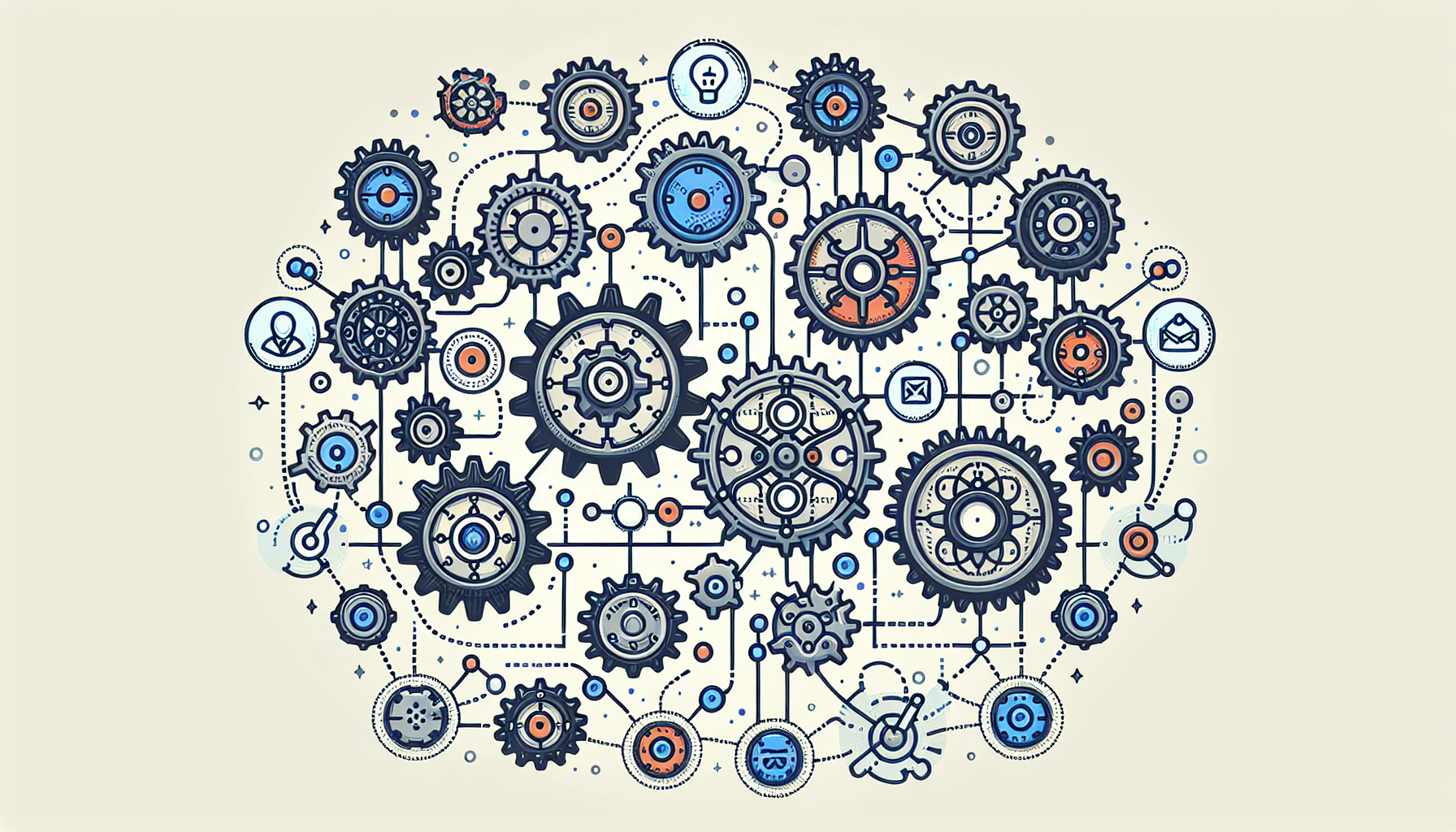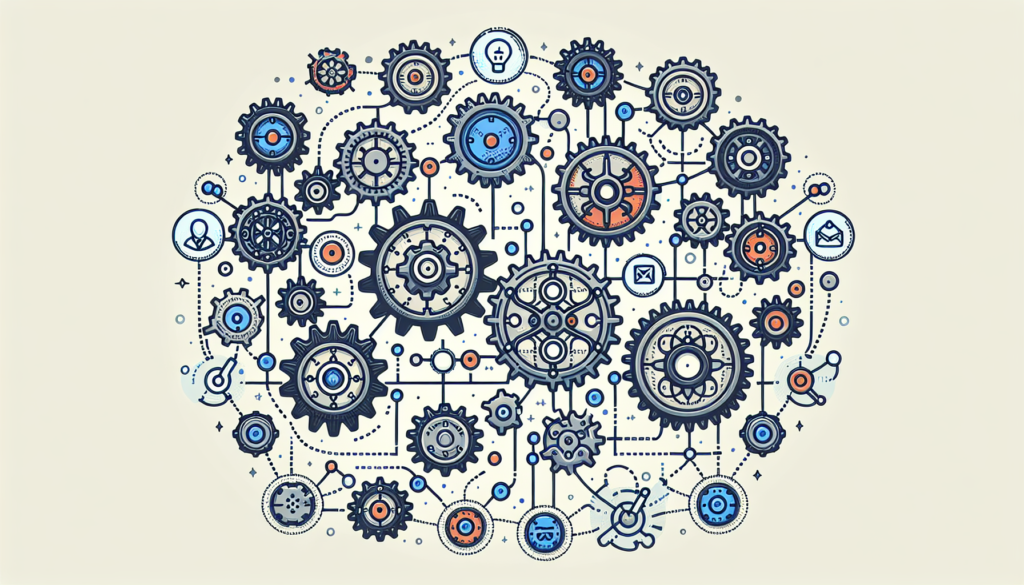In 2023, businesses are more focused than ever on leveraging technological tools to streamline their operations, maximise productivity, and cut costs. One such tool that is garnering widespread attention is Zapier, a platform that allows for seamless automation by connecting a myriad of applications. This software-as-a-service (SaaS) solution can help businesses of all sizes by automating mundane tasks across various functions such as HR, marketing, and sales. As organisations aim to gain a competitive edge, understanding and utilising recent trends in Zapier automations becomes crucial.
Enhancing HR Efficiency
In human resources, efficiencies are often hampered by repetitive administrative tasks, from onboarding new hires to managing employee data. Zapier allows HR departments to connect various platforms—such as HRIS (Human Resource Information Systems), Slack, and Google Workspace—to automate these processes. For instance, upon entry of a new hire’s details in a Google Sheet, Zapier can automatically create a welcome email in Gmail, add the new employee to the payroll system, and update relevant team chats on Slack.
By using Zapier, companies have reduced the time spent on these administrative tasks dramatically. Consider a midsize firm in London that implemented Zapier integrations with its HR software. The automated workflows reduced onboarding time by 40%, allowing the HR team to focus on more strategic initiatives, thus boosting productivity and overall job satisfaction.
Streamlining Marketing Operations
Marketing, a domain rich with diverse tools and platforms, greatly benefits from automated workflows. In 2023, marketing teams are looking at integration capabilities that Zapier offers, enabling them to automate lead generation, social media management, and customer engagement. Marketers can, for instance, set up Zaps to automatically post scheduled content from Google Calendar directly to social media platforms like Facebook and Instagram. Additionally, Zapier can help keep CRM systems updated by transferring leads from Facebook Lead Ads into tools like HubSpot or Zoho CRM in real-time.

A recent example involves a digital marketing agency that integrated its project management software with several advertising platforms through Zapier. By automating notifications about campaign milestones and performance reports, the agency enhanced its client interaction and reporting frequency, resulting in a 30% increase in client retention.
Boosting Sales Performance
Sales teams are often on the lookout for ways to improve communication, track leads more efficiently, and close deals faster. Zapier’s automation capabilities have been instrumental in achieving these objectives. By linking tools like Salesforce, Gmail, and Trello, sales representatives can automate the pipeline process, ensuring no follow-up or deal opportunity is lost.
An example includes a tech startup in Manchester that utilised Zapier to connect its sales and communication tools with its customer support platform, Zendesk. As soon as a new lead was entered into Salesforce, a chain of automated processes was triggered: personalised emails were sent, follow-up tasks were created in Trello, and support tickets were generated if necessary. This seamless automation led to an increase in lead conversion rates by 25%, enhancing overall sales performance.
The Latest Trends in Zapier Automation
In 2023, several trends are emerging as companies continue to adapt and optimise their Zapier usage. The demand for both native integrations and custom APIs is surging, as businesses aim to create tailor-made workflows that fit their unique needs. Another trend is the adoption of multi-step Zaps, which go beyond simple tasks and allow for more complex, layered automation.
Additionally, businesses are increasingly focusing on data security in their automation processes. Zapier’s growing commitment to enhancing security features is reassuring to companies concerned about data privacy, especially with recent data protection developments across Europe.
Another growing trend is the use of artificial intelligence within the automation sphere. Businesses are now seeking to incorporate AI-driven capabilities into their Zaps to further personalise customer interactions and forecast trends more accurately. AI tools can evaluate data patterns and feed insights directly into connected platforms, helping businesses make more informed decisions.
Your Path to Productivity
Zapier’s capacity to bridge disparate systems and automate processes is reshaping how businesses operate. In HR, marketing, and sales, this tool can significantly enhance productivity and reduce costs—driving better business outcomes. With the trends and examples highlighted, it’s clear that companies investing in Zapier are experiencing considerable returns.
If you’re seeking to transform the efficiency of your business and streamline your operational workflows, exploring Zapier’s capabilities is a smart move. At Pineo, we specialise in helping businesses unlock their potential through tailored automation strategies. We invite you to contact us to learn more about how we can help your business maximise productivity while reducing operational costs in today’s competitive landscape.





